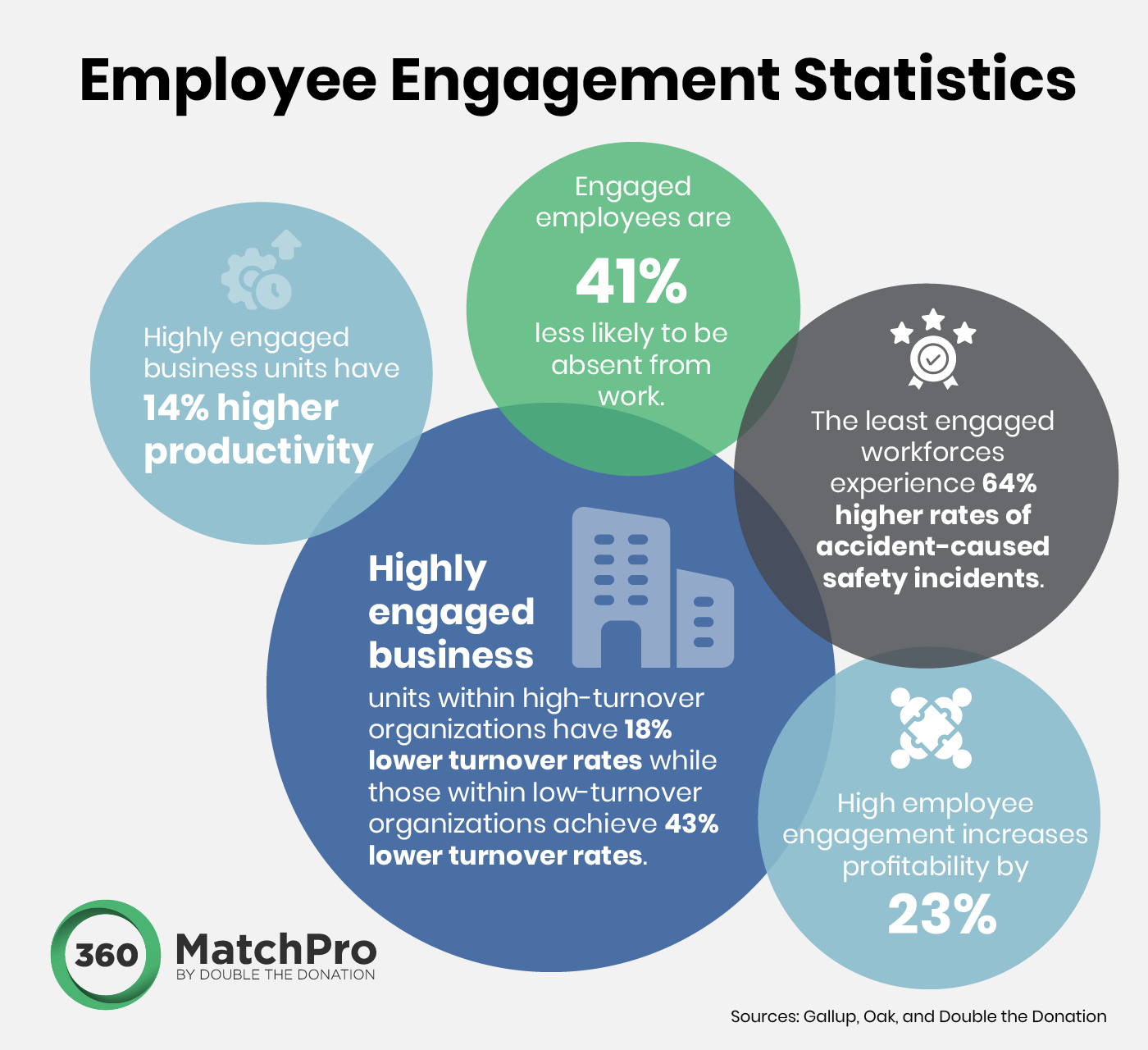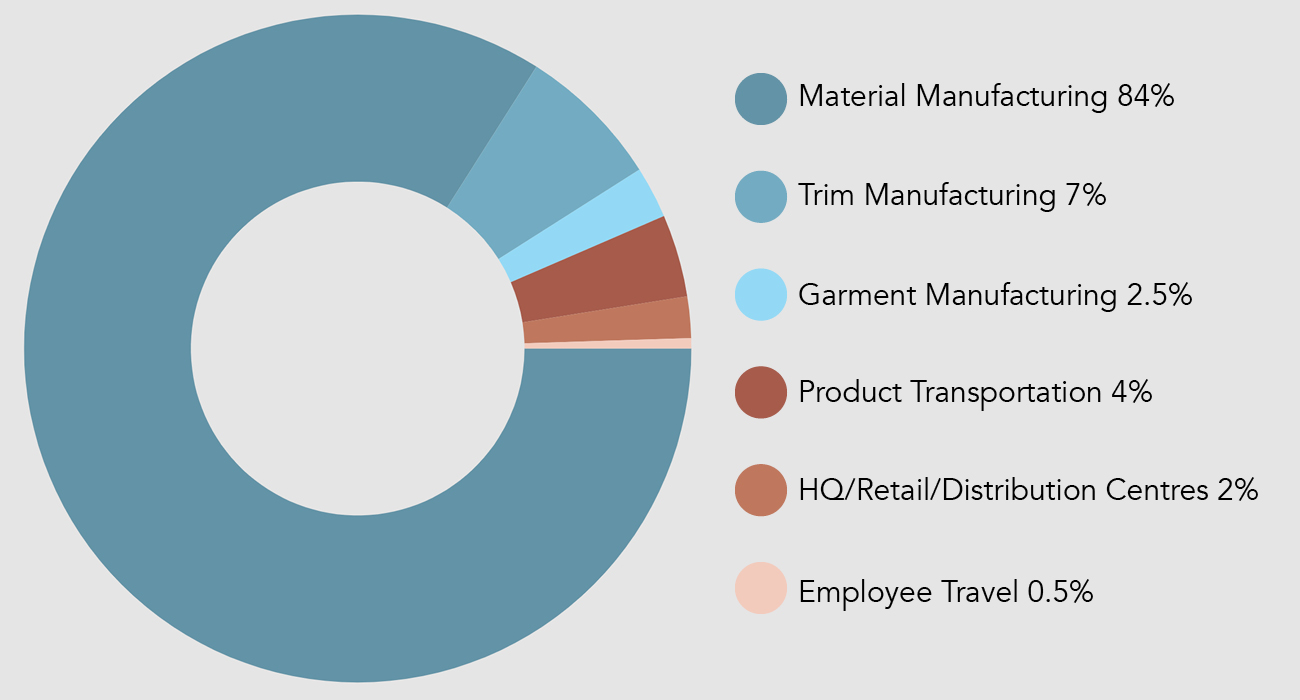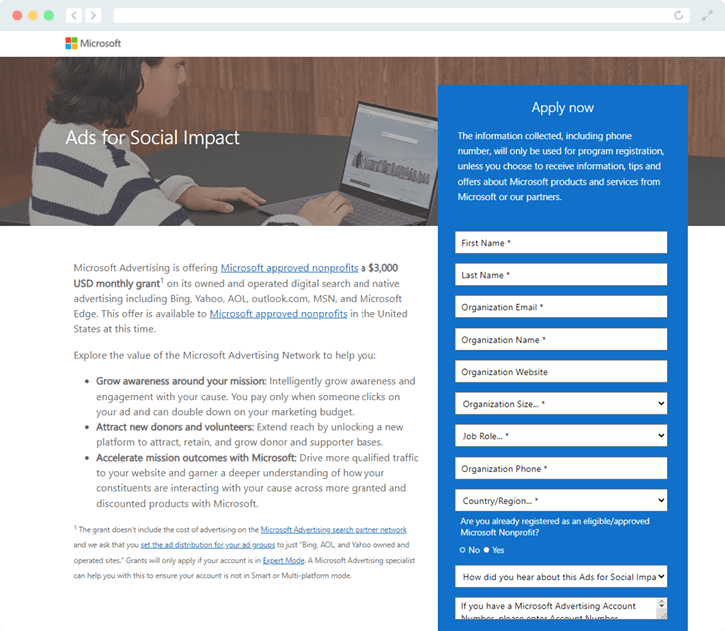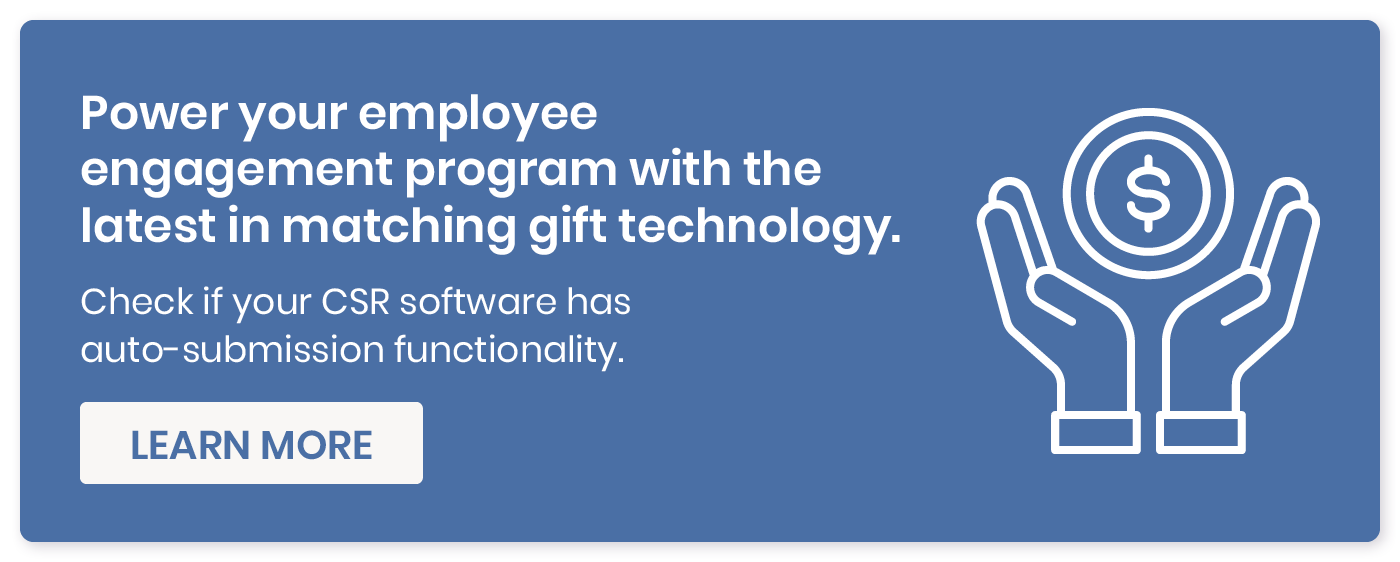Employee Engagement Companies: 9 Inspirational Examples
The writing is on the wall: For the past 20 years, Gallup has reported that the percentage of employees who are engaged hovers around just 30%. This means that on average, just one in three members of your team feel committed to their work.
With numbers like these, implementing an effective employee engagement policy can feel like an uphill battle. However, many companies have surmounted these odds and created a motivated workforce of individuals who feel supported, strive for continuous improvement, and want to always produce their best work.
If you’re unsure where to get started with employee engagement or what types of programs will be most effective for your work environment, consider looking at examples of established programs. Companies with lauded corporate social responsibility (CSR) initiatives, low turnover rates, and high employee net promoter scores are some of the first places you should look for inspiration.
What is Employee Engagement?
Employee engagement refers to how invested an employee is in their work. Engagement depends on several factors, such as employee appreciation, adequate compensation, and a supportive work environment.
Employees can become unengaged or even actively disengaged for various reasons. For example, a previously engaged employee may push themselves too hard, get burnt out, and become unengaged due to mental fatigue. Strong employee engagement programs provide opportunities for employees to get more involved in their workplace and take preventative measures to stop employee engagement from slipping.
What are the Benefits of Employee Engagement?
According to research on employee engagement, engaged employees make for happier, safer, and more productive workplaces.
Let’s look at a few specific findings:

- Businesses with highly engaged teams have 14% higher productivity.
- Engaged employees have 41% less absenteeism.
- Businesses with low engagement rates experience 64% more accidents and safety incidents.
- Businesses with engaged employees see a 23% increase in profitability over their competitors with less satisfied teams.
- High employee engagement has been found to decrease turnover by 18% in high-turnover industries and 43% for low-turnover industries.
To track your own engagement program’s results, invest in employee engagement software. These tools allow you to track different types of employee participation, such as workplace giving, volunteering, and event attendance, along with any other metrics relevant to your program.
9 Inspiring Employee Engagement Companies
Big and small companies alike can launch successful employee engagement programs. While most of the spots on our list are taken by larger companies, medium and small-sized businesses can create similar programs on a reduced scale. For example, if a business has a matching gift program with a $10,000 annual maximum, you might scale it down to a $1,000 or even $500 maximum to fit your budget.
With that out of the way, let’s take a closer look at nine notable companies making strides in employee engagement.
1. Patagonia
Patagonia is an outdoor and activewear clothing producer. While the fashion industry as a whole has faced intense criticism for unsustainable business practices that harm the environment, Patagonia seeks to be the exception and engages its employees and consumers through rigorous CSR.
Patagonia’s commitment to environmental protection ensures its employees can feel proud of the work they do in creating and promoting the company’s products. In particular, Patagonia is notable for its transparency, openly declaring its environmental-related CSR goals and providing a breakdown of which parts of the business are responsible for what percentage of its carbon footprint.

Rather than simply stating its goals of reducing emissions, Patagonia breaks down the specific steps it intends to take, such as switching to renewable energy sources and working with its global supply chain partners to implement more sustainable practices.
While the majority of energy consumption comes from partner organizations Patagonia works with, the company has committed to owning that part of the business as well, rather than avoiding discussion to appear more environmentally friendly on the surface. These active steps against green-washing mean Patagonia’s employees can rest assured that their employer is honest with them and truly committed to its stated goals.
On top of these internal CSR practices, employees can also feel confident that their employer is making a charitable impact through the 1% for the Planet program. Since 1985, Patagonia has pledged 1% of its annual sales to environmental causes and has been an active voice in persuading other companies to make similar commitments.
2. Nike
One of the first steps toward improving employee engagement is asking employees about their day-to-day experiences. The more information a company has about its employees’ thoughts, feelings, and frustrations, the more targeted its approach to engagement will be.
In a continual effort to account for the well-being of all employees, Nike has created the Engagement and Wellbeing Survey. The company currently uses this survey to regularly learn about the engagement and experiences of workers at Nike and aims to expand its scope to all factory locations by 2025.
This survey’s questions vary from year to year with specific questions cycled in and out based on how effective they are in measuring employee engagement. The current version of the survey available for public viewing asks employees to respond to statements like:
- The stress associated with my job is acceptable.
- When I face a challenge at work, my supervisor does not help me resolve it.
- I am able to meet my family’s financial needs.
- I am comfortable making suggestions about improvements in the factory.
- At work, I am treated with fairness and respect.
Notably, not all of these statements are positive in tone. This presentation emphasizes Nike’s commitment to receiving honest feedback from employees, even if the results point to serious problems. By taking a pragmatic approach, Nike can face problems head-on and establish relationships where employees aren’t afraid to speak out about health and safety concerns.
3. NVIDIA
NVIDIA is a technology company focused on AI and modern computing. The company also has received the following awards related to employee engagement:
- Ranked 5th in Glassdoor’s 2023 Best Places to Work
- Named 2nd Best Workplace for Millennials by Fortune
- Featured on MITSloan’s Culture Champions list
How has NVIDIA managed to rack up these and other accolades? The answers lie in their commitments to diversity and social good. To help new employees become part of the NVIDIA community, the company provides a range of services, including support networks for NVIDIA employees who are veterans, have disabilities, are part of the LGBT+ community, or come from racial backgrounds commonly excluded in tech.
Additionally, NVIDIA has a vibrant employee giving program that resulted in employees donating a total of $8.8 million and working 29,000 volunteer hours in 2022.
4. Televerde
Televerde is a marketing company that partners with B2B organizations to help them maximize their sales potential. The Phoenix Business Journal has also named Televerde one of the best places to work. The company’s leadership attributes this achievement to their dedication to maintaining a diverse workforce and their policy of second-chance recruitment in particular. The head of HR explains:
“Being a part of a company that champions second chances, I know how much it means to have a team that believes in what they do. Our people come from all kinds of backgrounds, but we all share a commitment to each other and our mission. This bond and dedication keep our team tight-knit and our workplace strong. To each Televerde family member: you are the embodiment of this recognition, and it’s because of you that we are celebrated as a model workplace.”
In particular, Televerde has focused on recruiting formerly incarcerated women and providing them with employment opportunities to support their families. This initiative has resulted in Televerde’s employees having a 0.4% recidivism rate after one year as compared to the national average of 35%.
5. Deloitte
Deloitte has contributed over $20 million to nonprofit organizations through its workplace giving program. This is in large part thanks to their generous and convenient matching gifts program.
Full-time employees at Deloitte can have their donations between $50 and $7,500 matched at a 1:1 rate, effectively doubling their impact. However, Deloitte is especially generous when it comes to high education institutions, raising their donation match maximum to a staggering $25,000. Plus, to make sure year-end donors have plenty of time to complete their matching gift applications, Deloitte has a matching gift submission deadline of May 31st.
Deloitte is also one of a select number of employers stepping into the new era of workplace giving programs by levering matching gift auto-submission technology. Auto-submission allows employees to skip the tedious process of filling out matching gift applications. Instead, employees at Deloitte can simply confirm their employer and have their matching gift request completed automatically for them.
Here’s a breakdown of how this cutting-edge technology works:
6. Autodesk
Workplaces that are serious about diversity, equity, and inclusion (DEI) have a greater range of opinions, more ideas, and more accepting teams. Ranking 22nd on Forbes’s Best Employers for Diversity, Autodesk is committed to not just hiring a diverse workforce but also providing paths for employees of all backgrounds to move into positions of leadership.
Through Autodesk’s NEXT LEVEL program, talented employees are nominated to receive one-on-one coaching from senior leadership. After six months of training, NEXT LEVEL participants form teams to create and pitch a proposal that Autodesk will consider investing in as one of their next projects.
In 2022, NEXT LEVEL participants had to specifically propose projects related to machine learning. However, before their mentorships and training, none of the participating employees had professional experience with machine learning, meaning their knowledge and mastery of this new skill was provided by Autodesk.
Training programs like this push employees to expand their skill sets while providing them with the support and resources they need to juggle extra training alongside their day-to-day responsibilities. If your business is interested in developing employee training opportunities, consider taking a page from Autodesk’s book and creating a mentorship program.
7. Microsoft
Microsoft is committed to inclusivity, accessibility, and sustainability, but recently they’ve been making new strides in philanthropy. To keep employees engaged with and confident in their company’s commitment to social good, Microsoft has experimented with rolling out an ad grant program for nonprofits, similar to Google’s widely popular ad grant.
While Microsoft has closed its pilot program, the results have so far been promising. Participating charitable organizations signed up Microsoft for Nonprofits, another philanthropic offering that provides Microsoft 365 tools at a discounted rate to charitable organizations, then filled out a short form providing details about their organization.

During the pilot program, upon approving an application, Microsoft would arrange for qualifying nonprofits to have a one-on-one meeting with a Microsoft representative. This hands-on approach ensured nonprofits could make the most of the allocated grant funds by setting up ads and keyword campaigns correctly.
For corporations looking to inspire employee engagement through philanthropy, consider getting more involved with your nonprofit partners. Taking the initiative to promote the success of programs you fund inspires confidence and ensures you have positive results to report to employees and customers alike.
8. Adobe
For six years in a row, Adobe has been featured on People Magazine’s Top 100 Companies that Care. Adobe supports its employees in many ways, but its support for employees’ health and wellbeing is the stand-out program.
Through Adobe’s Wellness reimbursement program, full- and part-time employees, as well as their spouses and children, are reimbursed for up to $600 each year for expenses related to health and wellbeing. Employees can use these funds for expenses such as gym memberships, exercise equipment, art classes, nutrition counseling, water purifiers, children’s school supplies, and more.
Essentially, if the item improves the employee and their families’ wellbeing by helping them relax, get active, or learn, there’s a good chance it can be reimbursed.
But what about mental health? Adobe covers that as well with its Emotional wellbeing program. Through this program, employees have access to free mental health-related apps for meditation and lifestyle changes. Plus, if employees need more help, they can take advantage of Adobe’s employee assistance program through Springhealth to receive free mental health support. These services include urgent support for emergency situations as well as 10 annual therapy sessions.
9. Salesforce
In the nonprofit space, Salesforce is well known for its philanthropy by providing nonprofit organizations with free access to software, like Nonprofit Cloud. These in-kind donations give nonprofits the technology they need to power their missions without worrying about going over budget.
But Salesforce doesn’t stop its engagement efforts there. One stand-out program from Salesforce is Camp Pono.
Salesforce’s Camp Pono is an answer to the challenge many employers face: how to engage employees when they’re working remotely. Camp Pono is entirely virtual and is essentially a series of online campaigns that encourage employees to take better care of their health. For example, one Camp Pono campaign challenged employees to create healthier meals, bringing in chefs to record quick cooking demos of healthful recipes.
While your company may have limited access to professional chefs, you can still set up in-office challenges that encourage employees to take a more mindful approach to their health. This might involve promoting participation in a local 5K, using office furniture like standing and walking desks, or offering gifts related to health like yoga mats and exercise balls.
Final Thoughts on Employee Engagement Companies
Companies with engaged employees are safer, more efficient, and generally have positive reputations when compared to those with disengaged teams. To launch your engagement program, use companies like the ones in this article as inspiration.
Whether you want to focus on wellness, charity, diversity, or another value, launch your employment engagement program by first talking to employees and understanding what most engages them. To learn more about how to engage your employees, continue your research with these resources:
- Corporate Social Responsibility: How to Make Your Mark. Interested in other types of CSR programs your business can launch? Explore this guide to making an impact through CSR.
- Developing a Matching Gift Program: A How-To Guide. Matching gift programs are one of the easiest employee engagement initiatives to launch. Learn how to get started in this guide.
- Engaging Your Employees With Employee Engagement Software. Most employee engagement programs today require software to stay organized. Discover the wide range of software solutions and what to look for when researching platforms.





